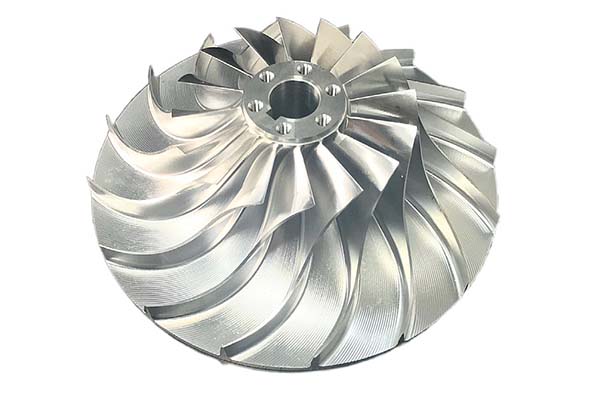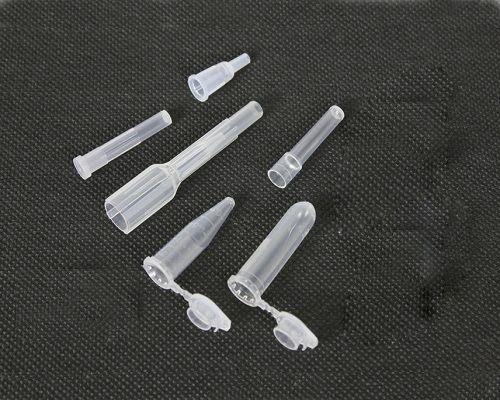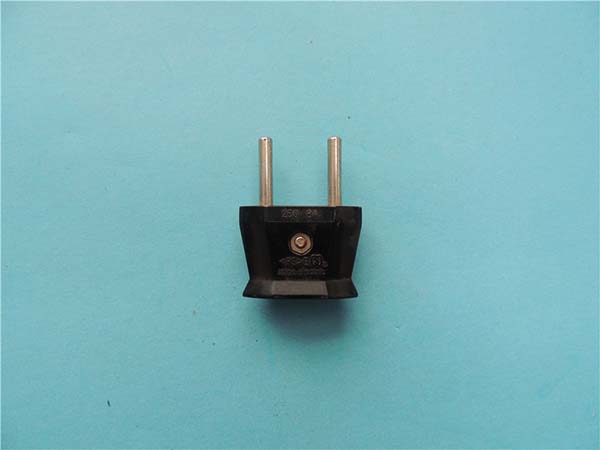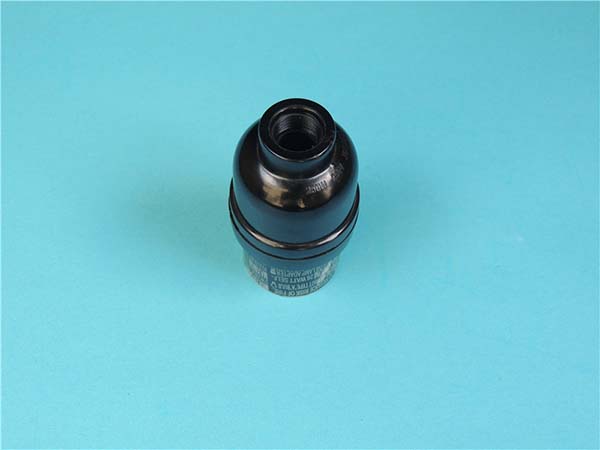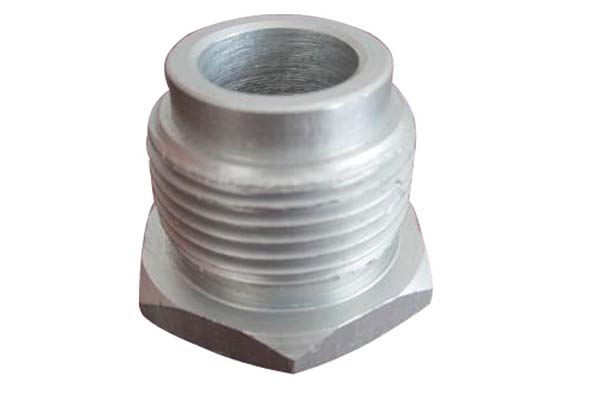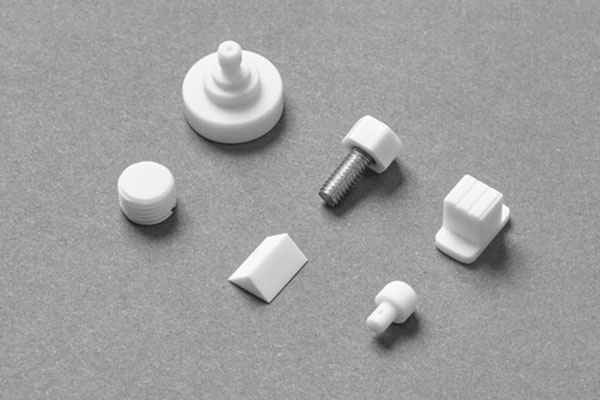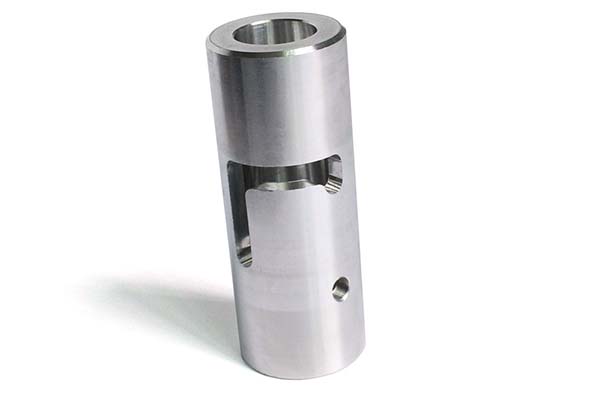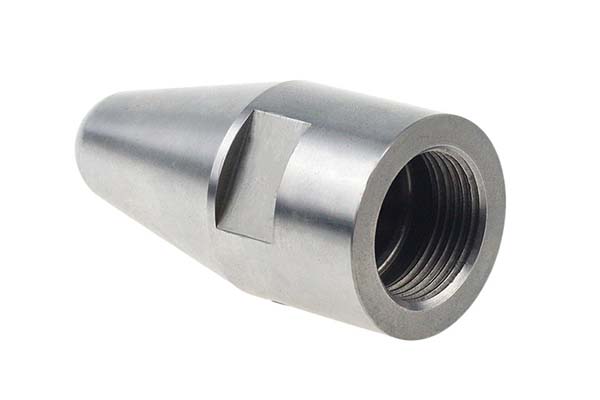Manufacturers operating in extreme thermal environments often turn to SS310S stainless steel for its exceptional heat resistance. As an austenitic stainless steel grade 310S, it thrives in temperatures up to 1100°C, but machining it presents unique challenges. Its high chromium and nickel content, which enhances high-temperature oxidation resistance, also increases work hardening and cutting forces, leading to rapid tool wear. Additionally, its low carbon content (0.08% max) reduces sensitization risk but amplifies ductility, making chip control difficult during high-speed operations. Distinguishing its capabilities from other high-temperature alloys is crucial to avoid performance gaps in critical applications. This guide addresses these pain points, offering proven strategies to optimize CNC machining SS310S for efficiency, quality, and reliability in extreme thermal environments.
Material Fundamentals of SS310S
SS310S stainless steel is an austenitic alloy engineered for extreme heat and corrosion resistance:
- SS310S chemical composition: Contains 24-26% chromium, 19-22% nickel, 0.08% maximum carbon, and trace amounts of manganese, silicon, and nitrogen. This high chromium-nickel content forms a dense oxide layer, enabling high-temperature oxidation resistance up to 1100°C.
- Mechanical properties: Tensile strength of 515 MPa, yield strength of 205 MPa, and elongation of 40% in the annealed state. It retains 60% of room-temperature strength at 800°C, outperforming most austenitic grades in sustained high-heat applications.
- Thermal properties: Thermal conductivity of 15 W/m·K (at 100°C) and coefficient of thermal expansion of 16.0 × 10⁻⁶/°C, ensuring dimensional stability during thermal cycling. Its specific heat of 500 J/kg·K minimizes temperature-induced stress.
- Corrosion resistance: Excellent in oxidizing environments, including sulfur dioxide and nitric acid. It resists sulfidation up to 650°C, making it ideal for petrochemical furnace components.
- Density: 8.0 g/cm³, slightly higher than SS304, with a melting range of 1398-1454°C, supporting its use in high-temperature fabrication.
These traits make SS310S indispensable for applications like furnace liners, exhaust systems, and heat exchangers in extreme thermal environments.
CNC Machining Processes for SS310S
Core Machining Operations
CNC machining SS310S requires precise parameter control to manage work hardening and heat buildup:
- CNC turning SS310S parameters: Suitable for cylindrical parts like furnace nozzles, with cutting speeds of 80-120 m/min, feeds of 0.1-0.2 mm/rev, and depth of cut 1-3 mm. Low cutting speeds reduce heat-induced work hardening, while moderate feeds balance material removal and tool life.
- CNC milling stainless steel 310S feeds & speeds: Effective for shaping heat exchanger components, using speeds of 70-100 m/min, feeds of 0.08-0.15 mm/tooth, and depth of cut 1-2 mm. Climb milling minimizes tool contact with work-hardened surfaces, reducing cutting forces by 15%.
- 5-axis machining SS310S best practices: Ideal for complex aerospace exhaust parts, leveraging simultaneous axis movement to minimize tool deflection. Rigid machine setups with high torque spindles (≥40 Nm) prevent vibration-induced surface defects.
Coolant and Chip Control
- Coolant choice for machining 310S stainless: Emulsion coolants (5-10% concentration) are preferred, delivering high heat capacity and lubricity. High-pressure delivery (70-100 bar) flushes chips and reduces cutting zone temperature by 30-40%.
- Chip control in austenitic stainless machining: Use tools with aggressive chip breakers to manage long, stringy chips. Intermittent cutting cycles (1-2 second pauses) prevent chip entanglement, critical for maintaining surface finish in precision parts.
- Surface finish improvement: Achievable Ra values range from 1.6 μm (finish machining) to 3.2 μm (roughing). Polishing after machining can reduce Ra to 0.8 μm, enhancing corrosion resistance in high-heat environments.
Tooling & Cutting Parameters for SS310S
Optimal Tool Selection
Tooling for SS310S must balance wear resistance and heat tolerance:
- Carbide grade for SS310S machining: Fine-grain carbide (WC-Co with 6-8% Co) offers best performance, with coated insert selection 310S stainless prioritizing AlTiN or TiAlN coatings. These coatings withstand cutting temperatures up to 800°C, extending tool life by 50% compared to uncoated carbide.
- Tool geometry: Positive rake angles (5-10°) reduce cutting forces, while sharp edges minimize work hardening. Honed edges (0.02-0.05 mm) prevent edge chipping during high-force cutting.
- Tool wear patterns: Abrasive wear dominates due to high chromium content, with crater wear appearing at cutting speeds >120 m/min. Monitoring flank wear (max 0.3 mm) prevents surface finish degradation.
Cutting Parameter Guidelines
| Operation | Optimal cutting speed SS310S turning | Feed rate recommendations milling SS310S | Depth of Cut |
| CNC Turning | 80-120 m/min | 0.1-0.2 mm/rev | 1-3 mm |
| CNC Milling | 70-100 m/min | 0.08-0.15 mm/tooth | 1-2 mm |
| CNC Drilling | 60-90 m/min | 0.05-0.1 mm/rev | 1-2 mm |
- Tool life extension: Reducing cutting speed by 10% increases tool life by 20-30%, a worthwhile tradeoff for high-precision parts. Minimum quantity lubrication (MQL) with vegetable-based oils reduces friction, extending tool life in eco-sensitive applications.
Heat Treatment & Post-Processing of SS310S
Critical Heat Treatments
SS310S requires specific thermal processing to optimize performance:
- Solution annealing SS310S temperature: Heating to 1040-1150°C, followed by water quenching, dissolves carbides and ensures a uniform austenitic structure. This process maximizes corrosion resistance and ductility, typically performed before machining.
- Stress relieving 310S stainless steel: Heating to 300-500°C for 1-2 hours reduces machining-induced stresses, preventing distortion in large parts like furnace liners during thermal cycling.
- SS310S sensitization prevention: Its low carbon content minimizes carbide precipitation, but post-weld annealing at 1060°C is recommended for welded components to restore corrosion resistance.
Post-Processing Steps
- Post-machining passivation SS310S: Nitric acid treatment enhances the chromium oxide layer, improving corrosion resistance by 30% in humid high-heat environments.
- Surface hardening options: Plasma nitriding (450-500°C) creates a 10-20 μm hardened layer (50-55 HRC) for wear-prone components like valve stems, without compromising high-temperature performance.
- Hot isostatic pressing (HIP): Optional for complex parts, HIP (1100°C, 100 MPa) eliminates porosity, ensuring leak-tightness in pressure-critical applications like heat exchanger tubes.
Quality Control & Inspection for SS310S Parts
Rigorous Inspection Protocols
- Dimensional tolerance SS310S machining: Achievable tolerances of ±0.01 mm for small parts and ±0.05 mm for large components, verified using CMM inspection stainless steel 310S to ensure compliance with aerospace and industrial standards.
- Surface roughness measurement: Profilometers confirm Ra values, with critical parts requiring Ra ≤ 1.6 μm to minimize heat-induced oxidation.
- Non-destructive testing: Ultrasonic testing detects subsurface defects in thick sections, while dye penetrant inspection identifies surface cracks in high-stress areas like weld joints.
- Alloy verification: X-ray fluorescence confirms chromium and nickel content within specification, critical for ensuring high-temperature oxidation resistance.
- Microstructure analysis: Optical microscopy checks for carbide precipitation, ensuring freedom from sensitization in parts exposed to 425-815°C.
Industrial Applications & Case Studies
SS310S excels in extreme thermal environments across industries:
- Aerospace SS310S exhaust components: Jet engine afterburners and exhaust liners, withstanding 1000°C+ gas temperatures. Case study: A leading aerospace manufacturer reduced component failure rates by 40% by switching from Inconel 600 to SS310S, cutting material costs by 25%.
- Heat exchanger CNC machining 310S: Petrochemical refinery heat exchangers, handling 650°C hydrocarbon streams. SS310S’s sulfidation resistance extended service life from 18 to 36 months.
- Semiconductor chamber SS310S fabrication: High-purity vacuum chambers, where its low outgassing and oxidation resistance maintain cleanroom conditions during 800°C wafer processing.
- Power plant boiler SS310S nozzles: Withstanding 700°C steam and combustion gases, outperforming carbon steel by 5x in service life.
Cost, Sustainability & Supply-Chain Considerations
Economic and Environmental Factors
- SS310S material cost per kg 2025: Approximately $8-10/kg, 30-40% higher than SS304 but 50% lower than Inconel 600, offering a cost-performance balance in high-temperature applications.
- Lead time 310S stainless bar stock: 4-6 weeks for standard sizes, with custom diameters requiring 8-10 weeks. Strategic stocking reduces production delays for critical parts.
- Recycling scrap SS310S swarf: Chips and offcuts are recyclable at 90% material recovery, with recycled SS310S retaining 95% of virgin material properties, supporting sustainability goals.
- Energy-efficient machining: High-speed machining centers with regenerative drives reduce energy consumption by 15-20% compared to conventional machines, lowering carbon footprint in mass production.
- Supplier qualification: Prioritize ISO 9001 and AS9100 certified suppliers for aerospace applications, ensuring traceability from raw material to finished part.
Yigu Technology’s Perspective
At Yigu Technology, we specialize in CNC machining SS310S for aerospace and petrochemical clients. Our data shows AlTiN-coated carbide tools with high-pressure coolant reduce tool wear by 45% in SS310S turning operations. We recommend solution annealing before machining to optimize ductility and minimize work hardening. For critical heat exchanger parts, our 5-axis machining achieves ±0.005 mm tolerances, ensuring leak-tight performance. Our compliance with AS9100 and ISO 13485 guarantees quality, making SS310S components reliable in extreme thermal environments. We also offer swarf recycling programs, supporting client sustainability initiatives while reducing material costs.
FAQ
- What makes SS310S ideal for high-temperature applications?
SS310S’s high chromium (24-26%) and nickel (19-22%) content forms a stable oxide layer, enabling high-temperature oxidation resistance up to 1100°C. Its low carbon content prevents sensitization, ensuring long-term corrosion resistance in thermal cycling.
- How does SS310S machining differ from SS304?
SS310S requires 20-30% lower cutting speeds and higher coolant pressure due to increased work hardening and ductility. Carbide grade for SS310S machining must withstand higher cutting temperatures, with AlTiN coatings extending tool life by 50% compared to SS304 machining.
- When should SS310S be chosen over Inconel 600?
SS310S is preferred for applications up to 1100°C where cost is a factor, offering 50% lower material costs than Inconel 600 while maintaining sufficient high-temperature strength. Inconel 600 is better for temperatures exceeding 1100°C or extreme corrosion environments.
